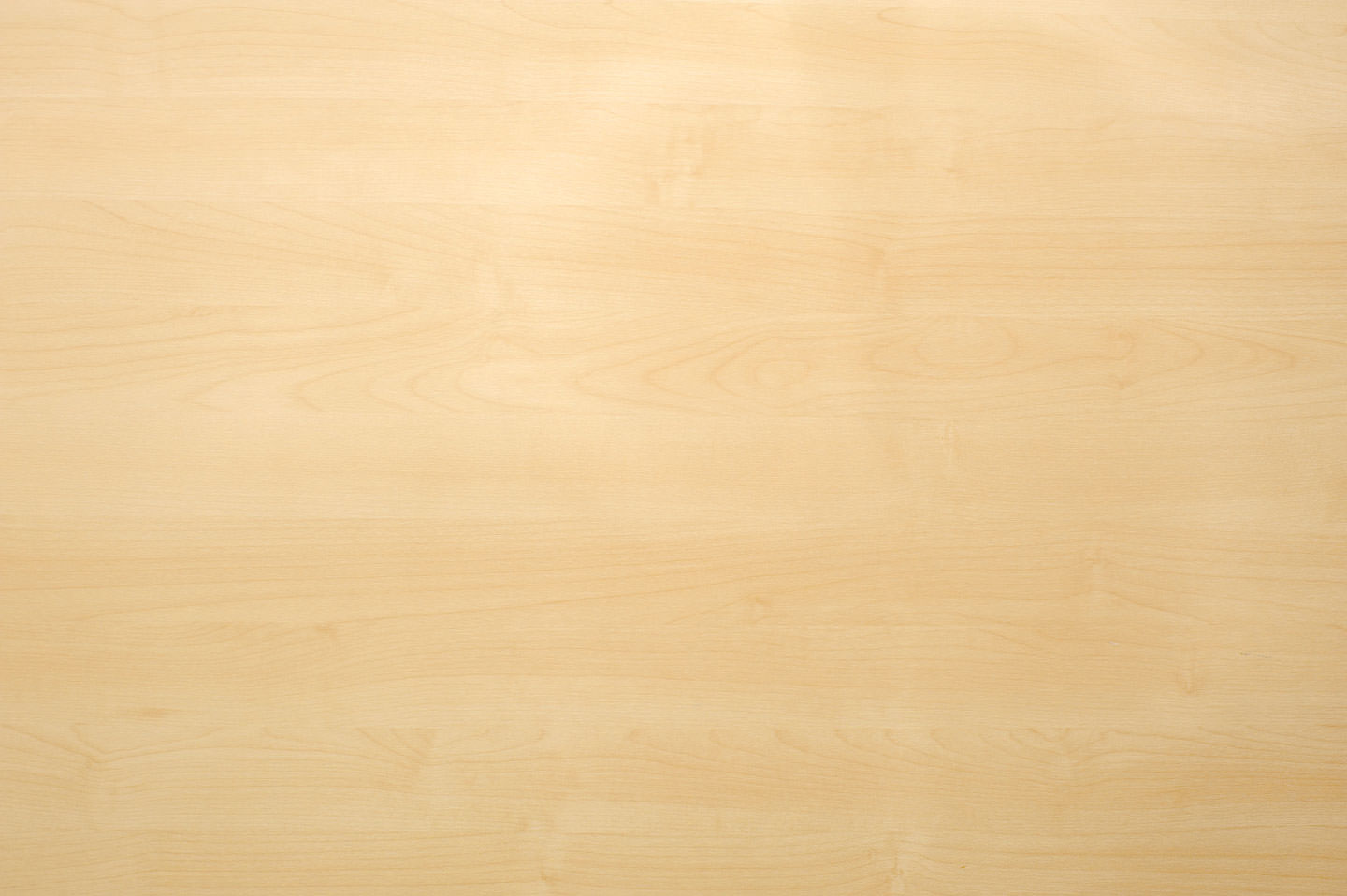

26
27
they wanted and what needed to be repaired.
“At the top of their list was a Blu-ray disc
player,” Huang says. “But I-House is also get-
ting old, and the appliances are getting old.
So, we’re also trying to raise money for more
specific projects.”
Through the I-House Fund, the Huangs
have helped to create a new legacy of giving by
St. Lawrence’s international alumni.
“The relationship is real, the experience is real
and the feeling is real,” Huang said. “So we’re
asking ‘how can we materialize that?’”
As an international student, Nam says
he’s been comforted by the international
alumni network he’s helped to create. He
also takes comfort in knowing that St.
Lawrence has made diversity a priority,
referring to the Presidential Commission
on Diversity, constituted in January 2013.
“Even in the short time that I’ve been
here, I can see less negativity and more
openness,” he says. “I’m glad to be here
now, watching to see how the campus is
changing for the better.”
Though the future still lies open for St. Lawrence’s interna-
tional students, Nam says he hopes he can continue Huang’s
tradition of giving back to the University.
“As an international student, I know what it’s like to come to
the U.S., to leave your homeland behind, and to have the experi-
ences I’ve had,” he says. “I hope I can pass on what I’ve learned to
the next generation of international students at St. Lawrence.”
n
bout a year ago, Nam reached
out to Huang and told him
about his idea for an alumni
network. At nearly the same
time, Huang had been having conversations
with other international alumni about what
they could do to make the international stu-
dent experience at St. Lawrence better.
“(International) alumni have a great relation-
ship with St. Lawrence, but they didn’t grow up
in an American middle-class culture of giving
back,” Huang says. “This is a group of people
who really have never given. And, when in-
ternational graduates live abroad, maintain-
ing contact can be challenging.”
Social media are helping to narrow that
distance, and staying in contact with peo-
ple a world away isn’t much different from
keeping in touch with those a county or
state away. So when Stefka Antonova ’09
started a Facebook group last year and in-
vited several recent international graduates
to join, Huang thought this might be a per-
fect opportunity for international alumni to start giving back.
The Facebook group soon established an I-House Fund, and
the Huangs made the first gift. He explained on the Facebook
group site wall what I-House had meant to him as a student
and why it warranted his support.
At first, only a few small gifts came in. So, the group changed
tactics and came up with a list of direct needs for international stu-
dents and for I-House. The students made their own list of what
A major supporter of the new residence
hall has been Trustee
Mike Arpey ’85,
P’17
. We asked him to reflect on his
residential life at St. Lawrence and why
he made a gift toward the new building.
How did your own residential experience compare with
that of St. Lawrence students today?
Mike Arpey:
My experience was a series of communities:
in Sykes, the commonality of the freshman “we’re all in this
together” mode; in Phi Kappa Sigma, an assembly of shared
values and interests; and then for two years in Whitman as a
resident assistant, creating communities and fostering bonds.
I see communities forming in St. Lawrence’s residential units
today, 30 years later. It’s part of our historic character.
SL: How did your residential experience shape who
you became, and how do you think it shapes today’s
students?
Mike:
In Sykes, I learned to be independent. In my fraternity,
I learned how to connect with people and how to get along
in an intimate group. As an RA, I learned management,
communication and the sharing of a common goal. Those
all proved to be valuable attributes when I entered the work
world, and I see those attributes being instilled in
St. Lawrence students today.
I believe as much learning happens in the residences as in
classes, but it’s very different. In classes, IQ, or intellectual
learning, is stressed, but in the residences, EQ, or emotional
learning—the social and leadership skills so critical for suc-
cess in the workplace—is fostered.
Students have more choices of residential settings now than
when I was a student, with the First-Year Program, the theme
houses and more. I see that expansion continuing in the new
residence, with room clusters, common areas for studying
and socializing, the café, and so on. These all promote the
intersection of the IQ and the EQ.
SL: Why did you support the new residence hall?
Mike:
I want students to have as many opportunities as we
can give them. I’m eternally grateful for all that St. Lawrence
gave me. When President Fox identified this new residential
unit as a priority, I realized that was how I could express
my gratitude. I believe residential life is the foundation for
success because our spaces shape our behavior. This new
building jibes with my experience and the one I want future
generations of students to benefit from as I did.
At its dedication,
Taylor Castator ’15
said
that the new residence hall felt like home to
her. We wanted to know why, so we asked the
senior class president from Hudson, Quebec,
about the residential community on campus.
What design resources are available in the residence
halls, and how do you use them?
Taylor Castator:
The best parts about the residence halls
are the common spaces. Students interact in the new hall’s
lounges and kitchen spaces. I have been studying in the
lounges more often or just hanging out with friends there.
How do your past residential experiences compare
to your experience in the new building?
Taylor:
My first-year college was Reiff, and I really enjoyed
the community feeling. I’ve also lived in Dean-Eaton, which
has so much character. It was nice to live in an older resi-
dence hall because I felt I could be part of its history. And of
course, (Kirk Douglas Hall) has been phenomenal. I love that
I can look out of my window and see the chapel and people
enjoying the quad, whether they are studying or playing
Frisbee. Every place has its perks and quirks, and I’ve had
great experiences everywhere.
How does the residential experience at St. Lawrence
foster community?
Taylor:
It starts off strong with the First-Year Program,
which really connects you with the people that you are living
with. I met my current roommate in my FYP, which shows
how well during your first year you get to know your fellow
residents, and that feeling continues throughout your college
experience. Because we are mostly living on campus, everyone
intertwines with one another.
How does that contribute to your overall St. Lawrence
experience?
Taylor:
The residential component of St. Lawrence is so
central to our identity that if we weren’t a residential campus,
we wouldn’t be the school that we know. The community
we share certainly was one of the things that attracted me to
St. Lawrence, and an integral part of our experience is that
we all do live together. There’s a lot of learning that goes on
beyond the classroom. We tend to learn a lot from the people
we live with because, a lot of times, they are a classmate or
someone you’re in a club with. I love that our residential
community fosters that environment.
n
Then
Now
The buildings may change, but the core experience does not.
—Maureen Pellerin ’15
—NSB
“I’M GLAD
TO BE HERE,
WATCHING
THE CAMPUS
CHANGE FOR
THE BETTER.”
A
1.
On October 16, 2014, while the Board of Trustees was on campus, Laurentians
celebrated the opening of the new residence hall (recently named Kirk Douglas Hall).
President Fox, reading from the plaque, said “Loyalty and Generosity have joined
hands with Builders and Dreamers to create a house of learning.” Standing beside the
plaque is Board of Trustees chair Jeff Boyd ’78.
2.
University Trustee André Couture ’82 (center),
his son Victor ’15 and his sister, Julie ’85, stand
in the recently named Couture Commons, the
glassed-in passageway between the two wings
where the dedication took place. They, along
with Martin Couture ’90, were among the first
to support the project. Other named spaces are
the Arpey Study, the Phelps Family Study and
the Saddlemire Study.
3.
Rooms in the new residence hall are spacious,
with accommodation for all the accessories of
modern college life. Compare this with a
campus room of many years ago, on page 69.
' l e t g r at i t u d e a n d f r i e n d s h i p a b i d e h e r e '
1
3
2
Pipe and Nam
To connect to St. Lawrence international alumni, visit
stlawu.edu/international-student-services/alumni
.
*



















